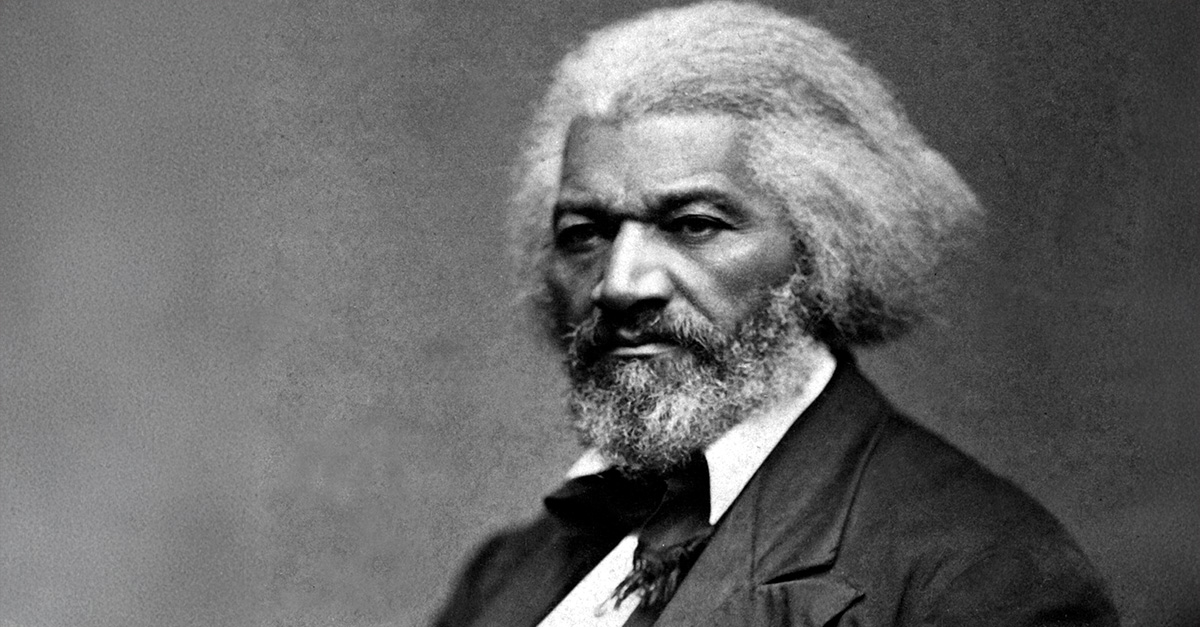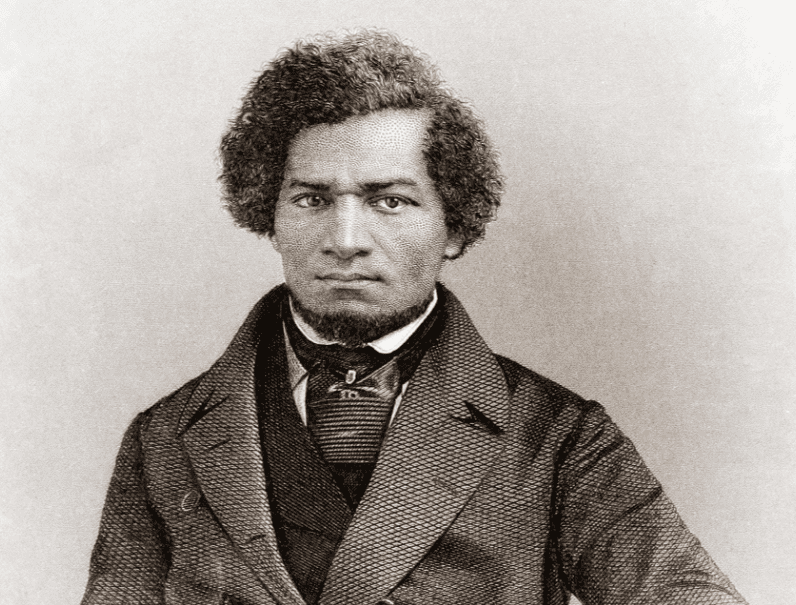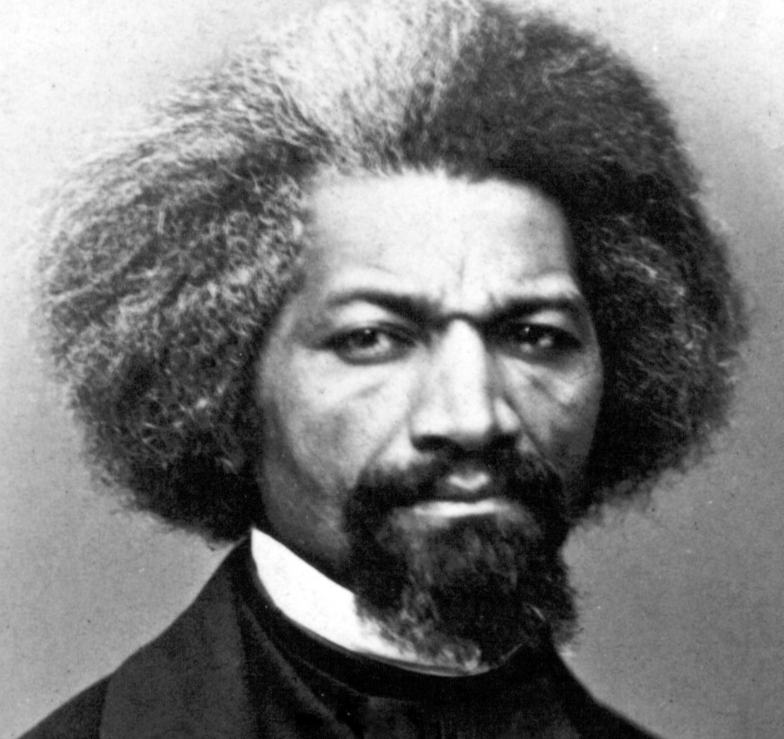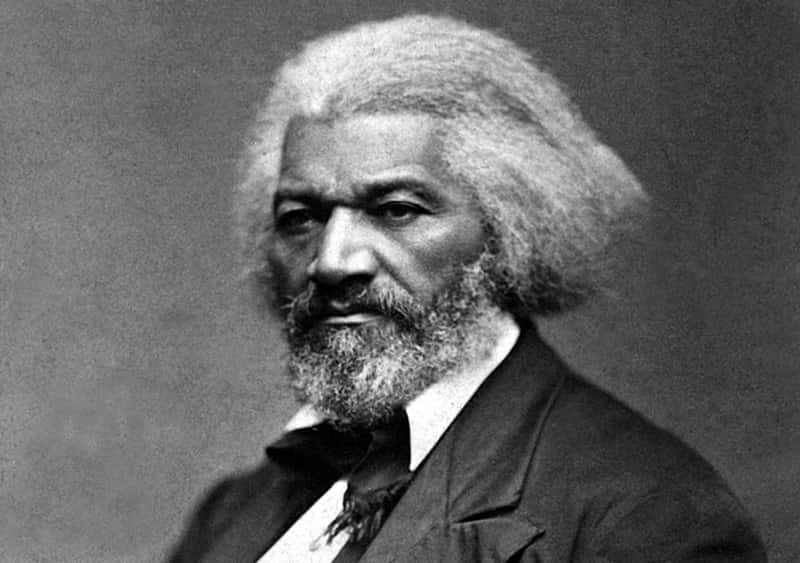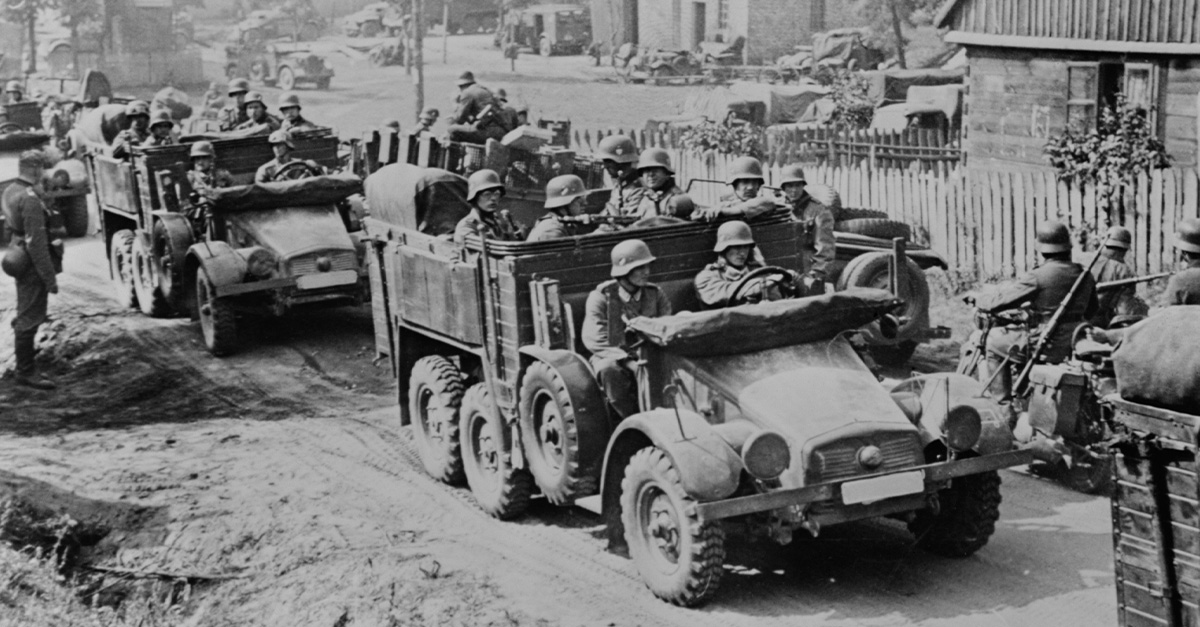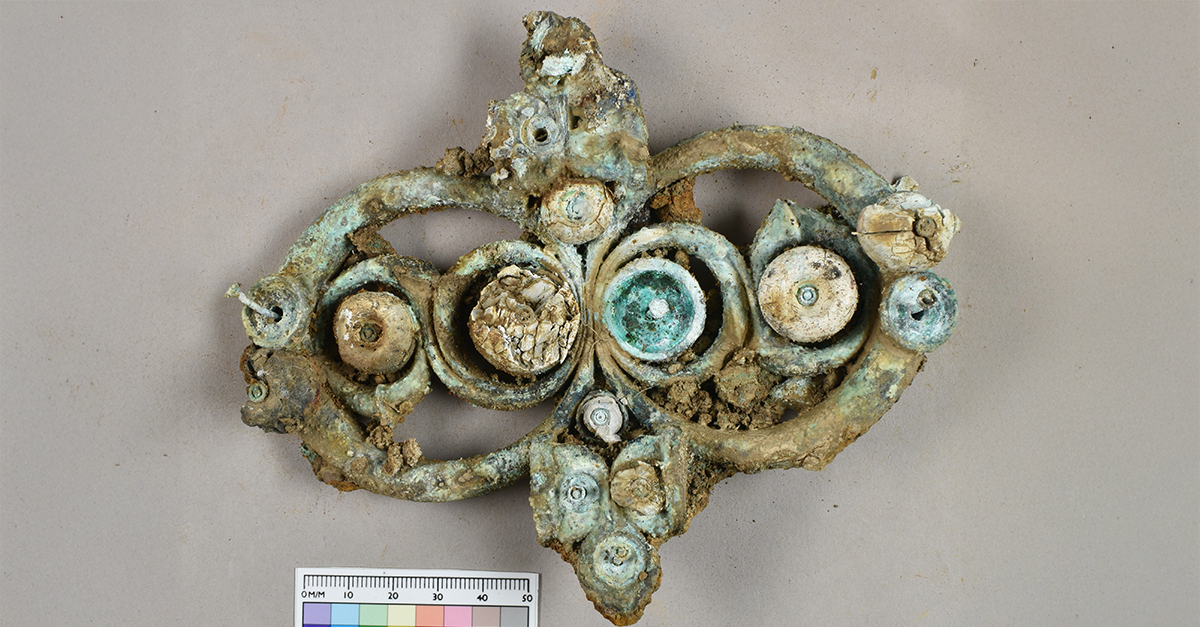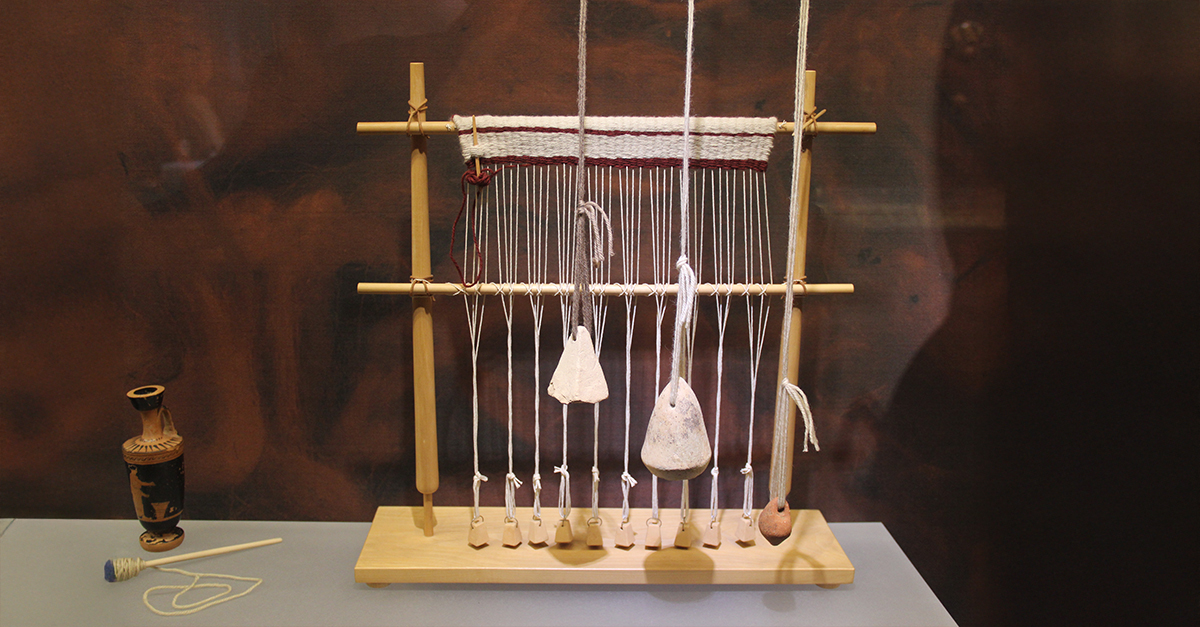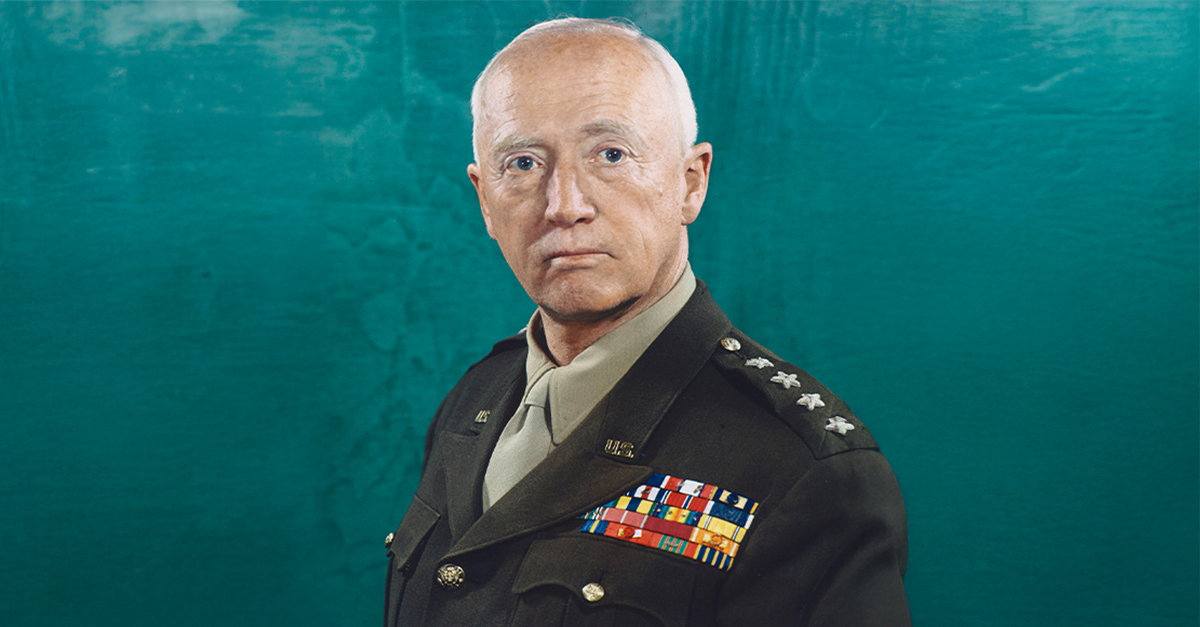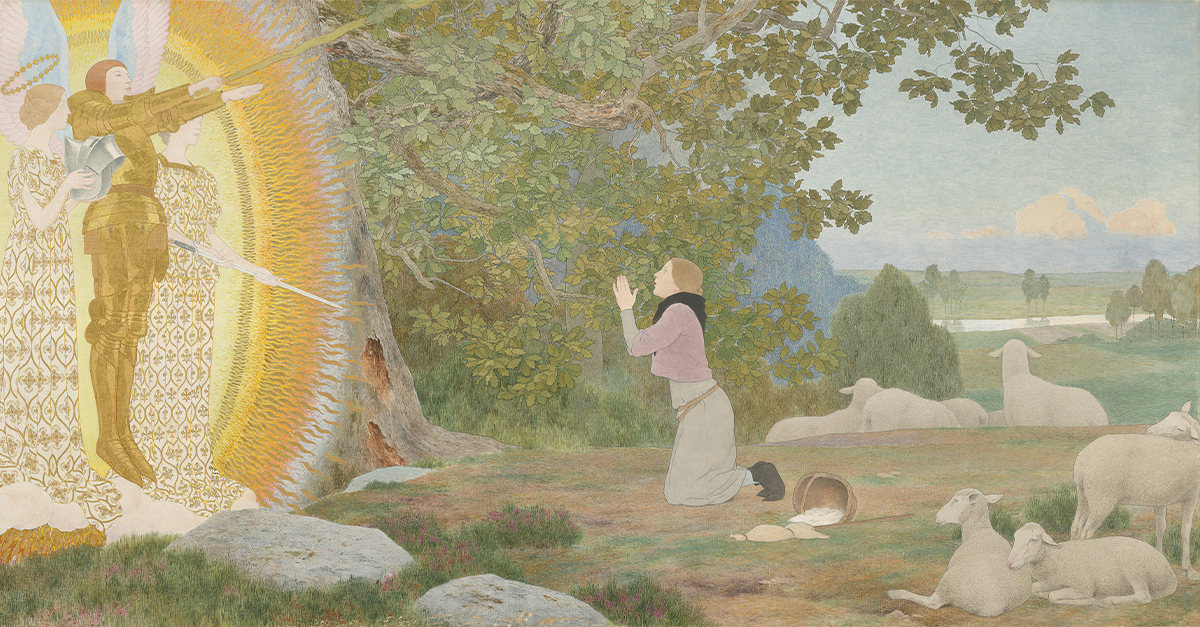Frederick Douglass is one of America’s most powerful voices, a man who transformed his life from enslavement to freedom through his own will, courage, and intellect. Born into chains in 1818, Douglass later escaped to become a famed abolitionist, author, and speaker. His journey began with his unshakable belief in the power of education and culminated in works that would shape the fight against slavery.
Early Life In Slavery
Douglass was born Frederick Augustus Washington Bailey on Maryland’s Eastern Shore. Frederick’s mother, Harriet Bailey, was a slave too; he never knew his father. A slave’s life was brutal, with no expectation for an enslaved child to get any education or opportunities. But even as a small child, Douglass was driven by a desire for independence; he sensed that literacy could be his path to freedom.
A Thirst For Learning
When he was around twelve, Douglass started to learn the alphabet from his master’s wife, Sophia Auld. Her act of kindness ended abruptly at the hands of her husband, who proclaimed that literacy would “spoil” an enslaved person. Douglass took this as a confirmation of his belief that knowledge was an escape route to freedom. He continued to learn on his own from white kids in the neighborhood and scraps of old newspapers.
He Taught Himself To Read And Write
Douglass created some highly creative methods of self-teaching. He challenged other boys to spelling contests and copied down words from shipyard timber markings. He practiced writing by copying letters from discarded copybooks. His abilities grew slowly and steadily, and he was now able to read abolitionist literature and about the broader world outside the plantation.
The Road To Escape
In 1838, after twice trying and failing to escape, Douglass finally made good on his bid for freedom. Dressed as a sailor and carrying borrowed free papers, he stepped aboard a northbound train, and then took a steamboat to New York City. It was a dangerous trip; he was risking violent punishment or sale to an even harsher plantation owner. But Douglass got to his destination safely. Breathing deeply from the air of freedom, Douglass embarked on his new life.
A New Identity
After marrying Anna Murray, a free Black woman who’d helped him escape, Douglass settled in Massachusetts. To hide his old identity, he adopted the surname “Douglass,” from a character in Sir Walter Scott’s poem The Lady of the Lake. Under this new name, he started to make a name for himself among abolitionists.
He Took Up His Pen In A Mighty Struggle
Douglass’s literacy was now his greatest weapon. He started writing about his life as a slave for abolitionist newspapers, most notably The Liberator, edited by William Lloyd Garrison. His vivid descriptions gained public attention, and he began giving public anti-slavery lectures that left audiences shocked by both his intelligence and the horror of slavery.
His Narrative Is Published
In 1845, Douglass published Narrative of the Life of Frederick Douglass, an American Slave. The book described his life in slavery, his education, and his journey to freedom. It became an instant bestseller and a mainstay of abolitionist literature. Its authenticity and eloquence made believers of those who refused to accept that a formerly enslaved man could write such a work.
The Legacy Of A Man Of Substance
Douglass later wrote two more autobiographies and became a widely-known advocate for abolition, women’s rights, and civil equality. His narrative ability and command of the language transformed public views and inspired generations who came afterward. From a self-taught reader to a major American writer, his life is proof of the value of education in the struggle for freedom.
You May Also Like:
The burning of Columbia, South Carolina was one of the final calamities of the US Civil War.
The Discovery Of Denmark’s Slave Ships Of Costa Rica

